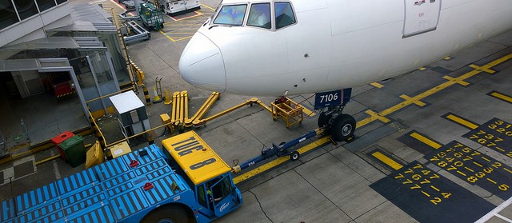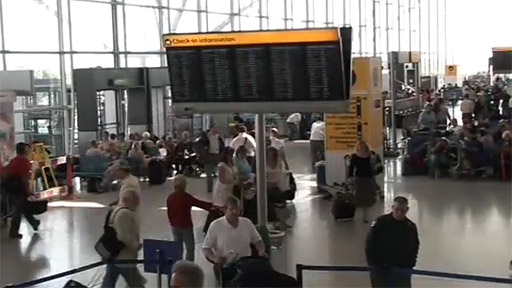2 Passports and the airport

By now you should have an idea of how different objects have been used for identification purposes and how passport regimes are operated. You should also have had a chance to see how passport regimes have impacted on the lives of some individuals. In this section, we will be looking at the one place where we all use a passport – at the airport.
Now watch the video below which looks at the airport and the use of the passport within it, then attempt Activity 2.

Transcript: A sociological analysis of the airport
Activity 2
The video analyses the airport using the concepts of:
- Security
- Conduct
- Attachment.
In the boxes below, write some notes on how the video uses these concepts to analyse the airport. (You may wish to watch the video again.)
Security
Discussion
- Surveillance is essential for modern airports.
- Airports constantly rehearse for emergencies.
- Passengers are all treated as a potential threat.
- The passport is central to controlling security via use of ‘gateways’ and ‘choke points’ (points of congestion, like boarding gates).
Conduct
Discussion
- Conduct at airports is closely monitored.
- ‘Choke points’ and ‘sorting processes’ control the flow of planes, baggage, passengers and crew.
- Internationally recognisable signs comprise an interface that manages conduct and movement.
Attachment
Discussion
- There are simultaneous processes of attachment and ‘un-attachment’.
- There is sense of airports being ‘un-attached’ to geographic location.
- They are also however pre-attached to the generic place of ‘the airport’ terminal.
- Airports are built around different forms of attachment:
- a.security technologies
- b.pleasure
- c.consumption.
